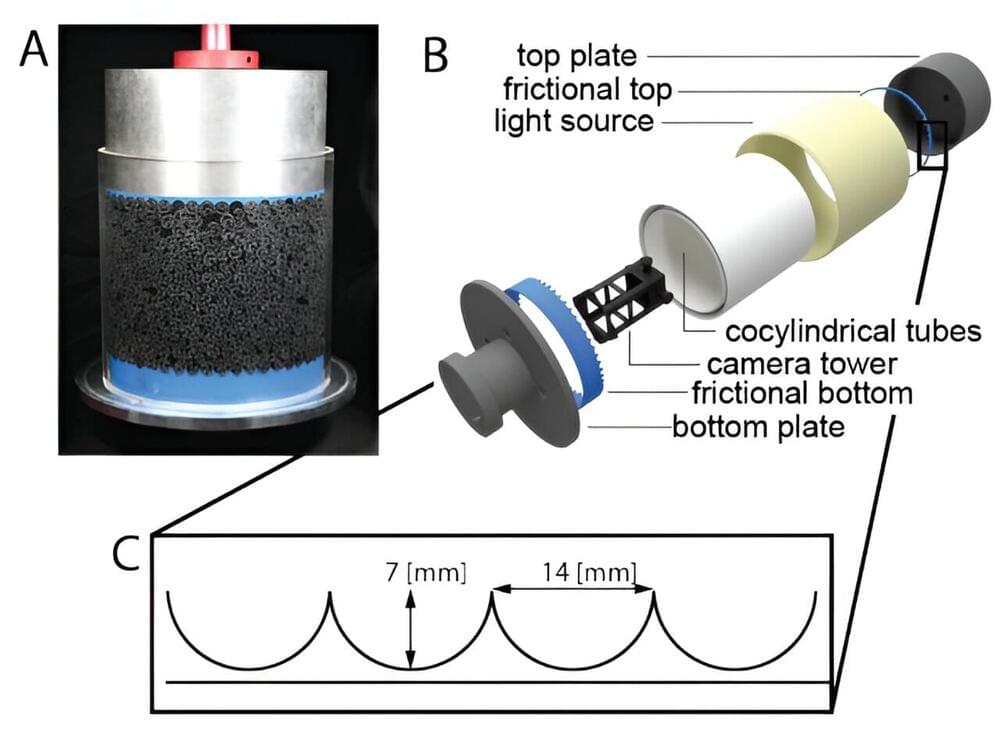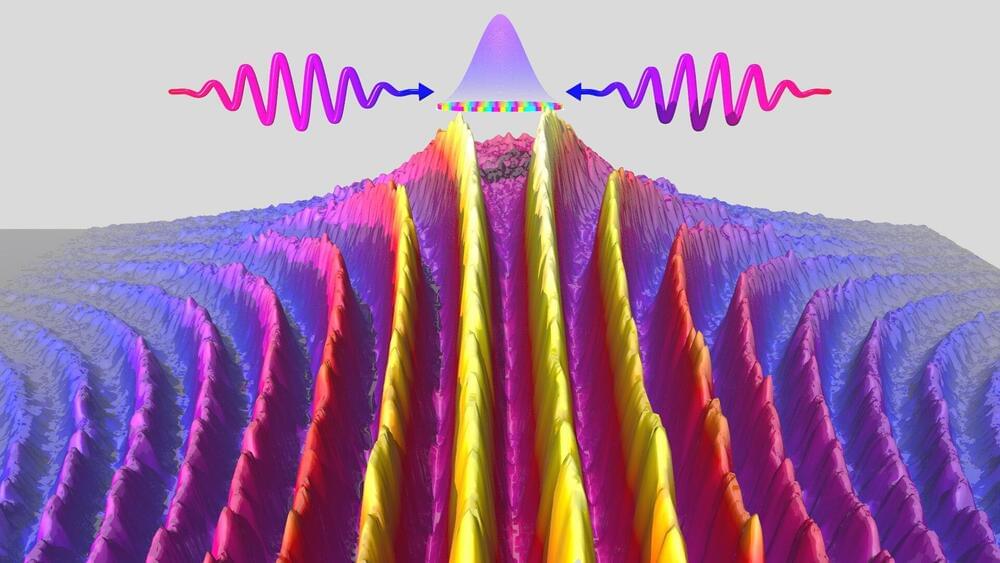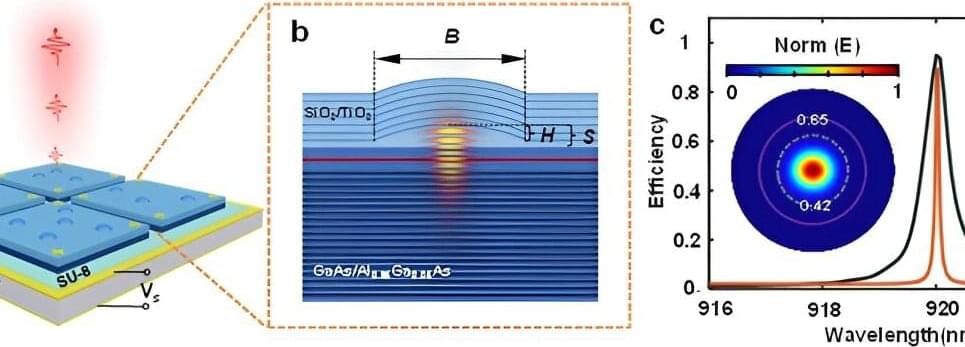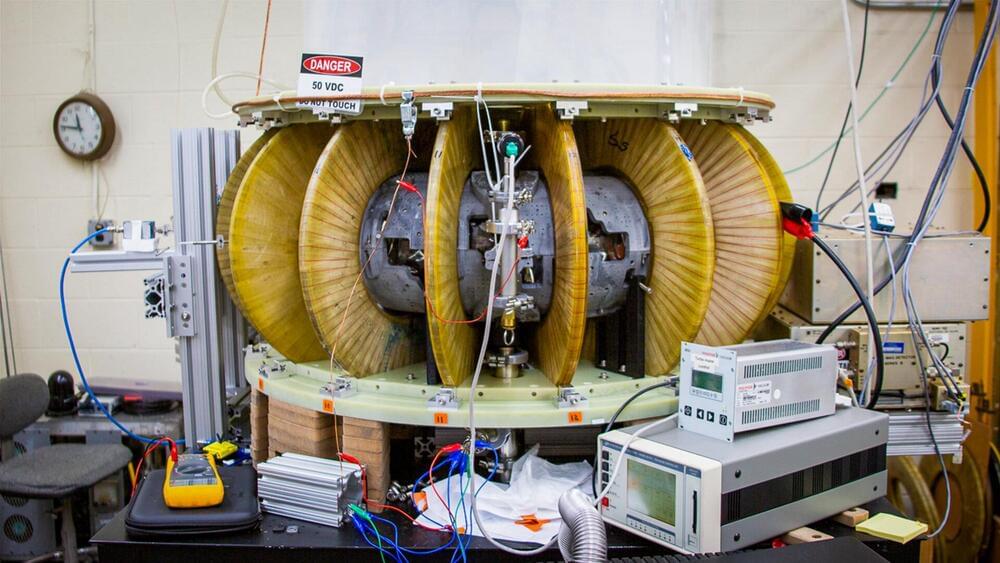Apr 4, 2024
Immunotherapy Shows Promise as Alzheimer’s Treatment
Posted by Shubham Ghosh Roy in categories: biotech/medical, neuroscience
Summary: Researchers unveiled a novel approach to combat Alzheimer’s disease by activating microglia, the brain’s immune cells, to devour amyloid beta plaques, a hallmark of the condition. This study highlights the potential of using immunotherapy to not only tackle Alzheimer’s but also other neurodegenerative diseases characterized by harmful protein accumulations.
The team’s method involves using an antibody to stimulate microglia into clearing these plaques, offering a promising alternative to current treatments that directly target amyloid beta and might cause side effects like ARIA. This breakthrough paves the way for new therapeutic strategies that harness the immune system to fight the devastating effects of Alzheimer’s and possibly other diseases like Parkinson’s and ALS.
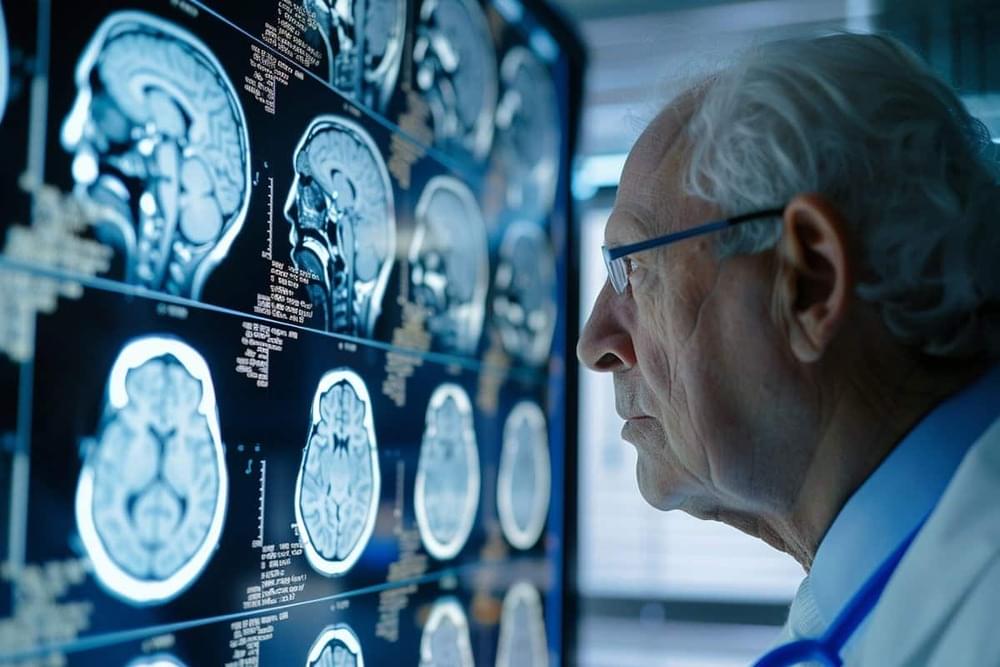

 עברית (Hebrew)
עברית (Hebrew)


